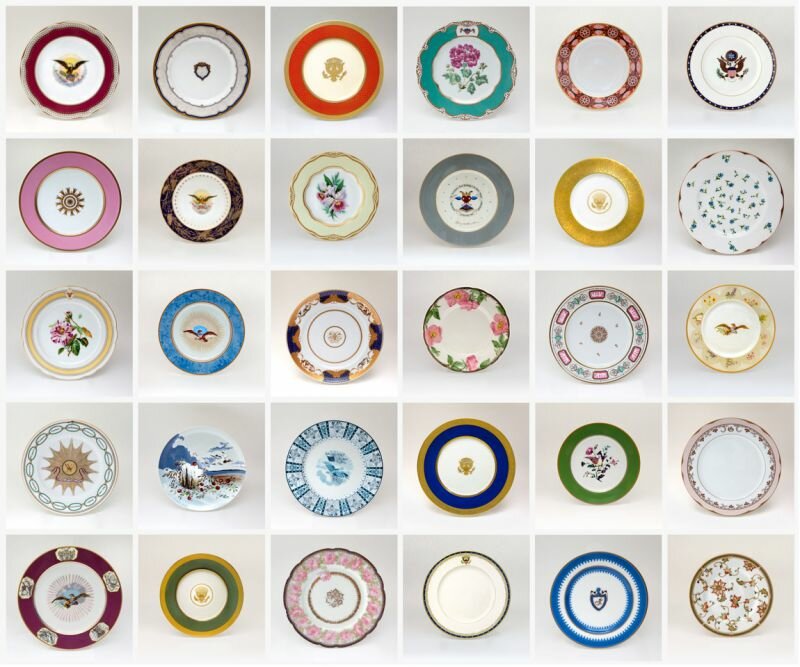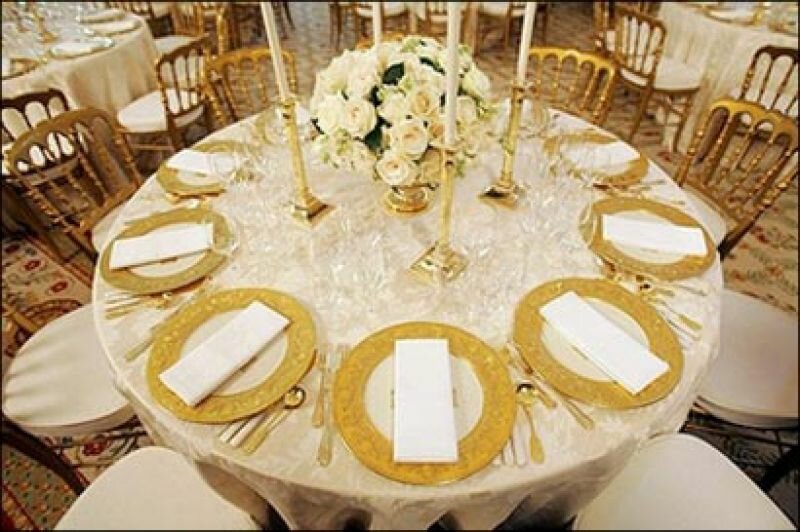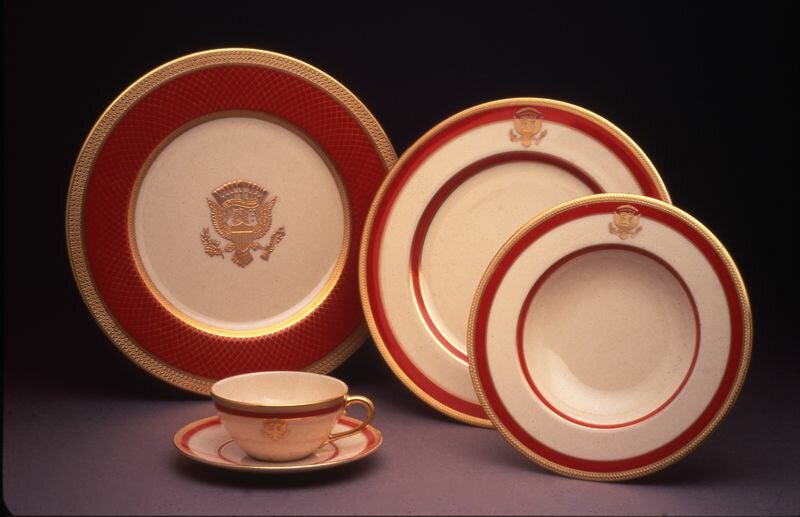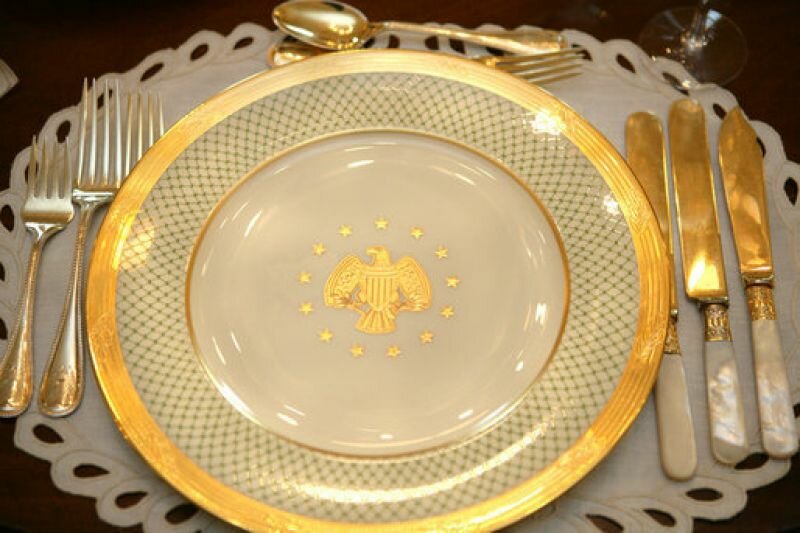Claudia Sola (1974) started to photograph at the age of seven. With her first camera she discovered that instead of writing a diary, she could use photos to remember stories. After the Gymnasium she assisted photographer and film maker Johan van der Keuken with several of his later films. In 1998, Sola began her studies at the Gerrit Rietveld Art Academy, after which, in 2002, she was given the opportunity for a two year long residency at the Ateliers. Nowadays, her work is regularly exhibited in Europe and North America. Sola’s films and photos are part of private collections and permanent museum collections in The Netherlands, Italy and France. Claudia Sola is driven by the desire to make the personal felt in the worldly. How the world and we revolve around each other, and how the same seminal narratives acquire contemporary forms, is the kernel of her work. Personal histories are contrasted by Sola to the stimuli that western man undergoes all day long. She tries to cast them in a universal light. Claudia Sola makes photo- and film recordings and gathers material from archives across the whole world, such as those of historical institutions, libraries and the World Wide Web. At the moment, Sola lives and works in Amsterdam, the wildest of Dutch cities.
C
Claudia Sola
01.03.2014

That every good artist has a theme, a recurrent motif, I was taught at the academy. Series, concepts, preferably a recognisable style. After the academy it was no different. As people look at your work the inevitable question arises: what is it about?
Try and find a satisfactory answer if recognisability and archetypes aren't quite your cup of tea. I never conceive of something in theory first to then realise it. I have to live what I make. My development is brought about by making work. The work demands. A dialogue between the work and me emerges. Some things are abandoned only to come back later, some things disappear for good, other things stay. If no more questions arise, the work is finished. The work teaches me, not the other way around. The work is a narrative that manifests itself in different ways. The theme is the narrative that you tell in different ways every time. They are already there, just as you are already there. It only has to be discovered.
I allow myself to be led by what catches my eye. By where my love resides, my grief, my wonder, my fears. Without wondering if it fits the theme. As long as you stay true to yourself, everything you touch will be included in the theme. I am the theme. This is my world. One of the things I do is collecting. What I start a collection for, I can never say beforehand. I collect without worrying whether what I collect belongs to my work. That does not come until later. If at all. Either way goes.
This is my collection ‘Dining with Presidents’. Thirty plates from crockery sets that American presidents, their families and guests have eaten from. It began with a photograph of a set table at the White House at the time of the Clintons. Glasses, candles, an extravagant bouquet, and a plate. A plate that quickly turned out not to be just an ordinary plate.

At the founding of the United States on the 4th of July 1776, a leader had to come forward. How much power would be given to this leader? The only thing the Founding Fathers knew for certain was that the polity after the Independence War could not resemble the English aristocracy even in the smallest degree. However, all too libertarian was no possibility either, as the European monarchies would not acknowledge the US as a nation. There was not a single democratic country in the world for the US to emulate. How to proceed?
If guests came, from within the country or from abroad, how was the leader to welcome them, at home? How was he to be addressed? Certainly not like kings, as ‘sire’ or ‘majesty’. After numerous debates, the decision was made that the leader was to be addressed as still happens today: as ‘Mr President’. The title of the president’s wife was also wrangled about. ‘Mrs. Presidentress’ was even considered, before the eventual decision fell on First Lady.
The rest was left to the president and his wife themselves, with an especially big role for the First Lady. In the furnishing of the presidential residence as well as in the design of the presidential tableware, she was the one to express the aspirations of the new country and its ideas on leadership. That has not changed to this day.
When I found out I knew why the plates appealed to me so. I am always on the lookout for tangible, personal stories behind political and historical processes. These plates are exactly that. They are the embodiment of what First Ladies throughout the centuries thought were the political ideals of the US. Plus, you can eat from them.
Widower Thomas Jefferson, third president and Founding Father, kept it simple and personal with the presidential monogram in the centre. Elizabeth Monroe emphasised the pillars of American Society: Strength, the Arts, Commerce, the Sciences and Agriculture.
from 1845 onwards, a more nationalistic period in American History dawns. Mrs. Lucy Hayes chooses crockery that was produced in the US. Therefore, they bear American flora and fauna. Mrs. Caroline Harrison chooses the corn cob and goldenrod as symbols of American’s plenitude and beauty.
Then, in 1893, the desire for grandeur crops up. The royal air of European palace decoration is no longer rejected. Stars emerge, on the basis of the following: "The star is a symbol of the heavens and the divine goal to which man has aspired from time immemorial.” *)1


*)1 From the book "Our Flag" published in 1977 by the House of Representatives; about The Flag Act passed by the Continental Congress since June 14, 1777.